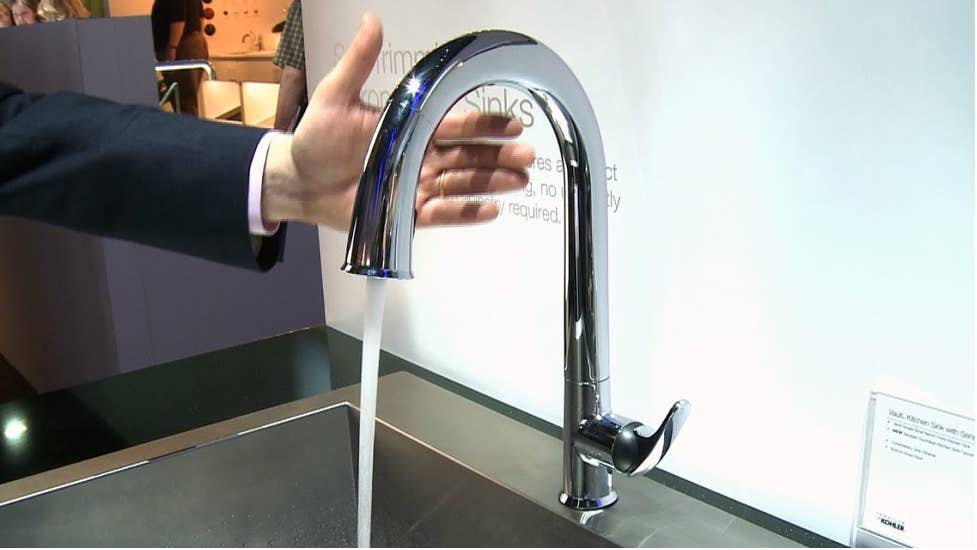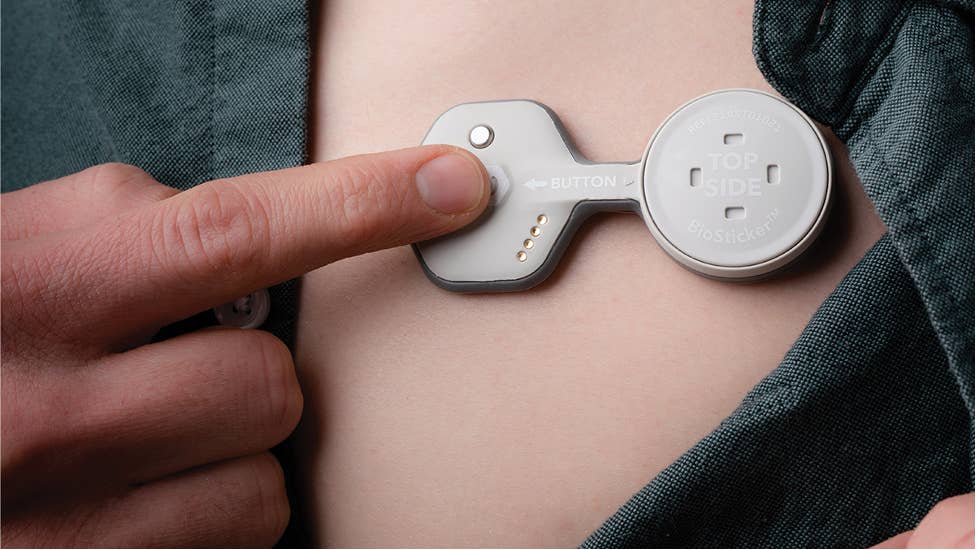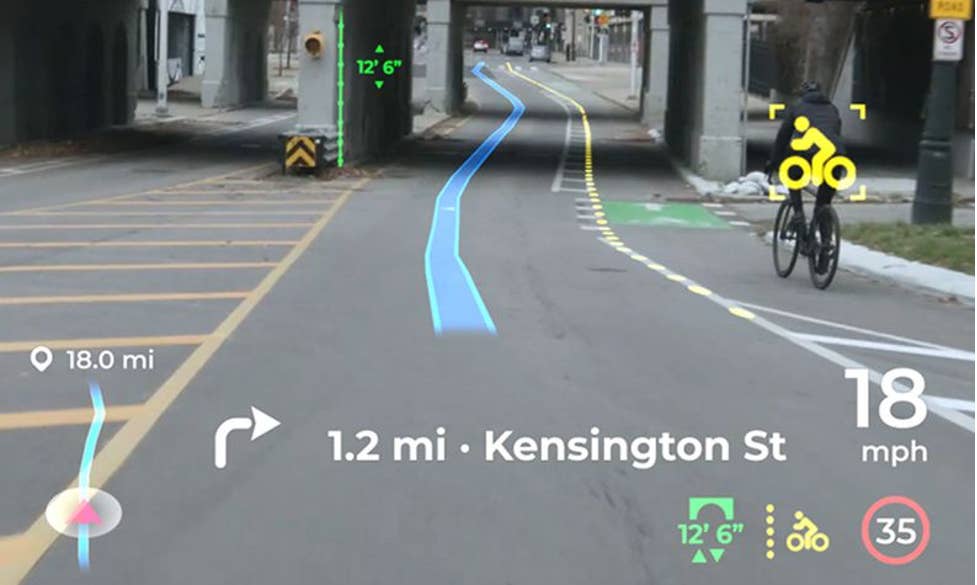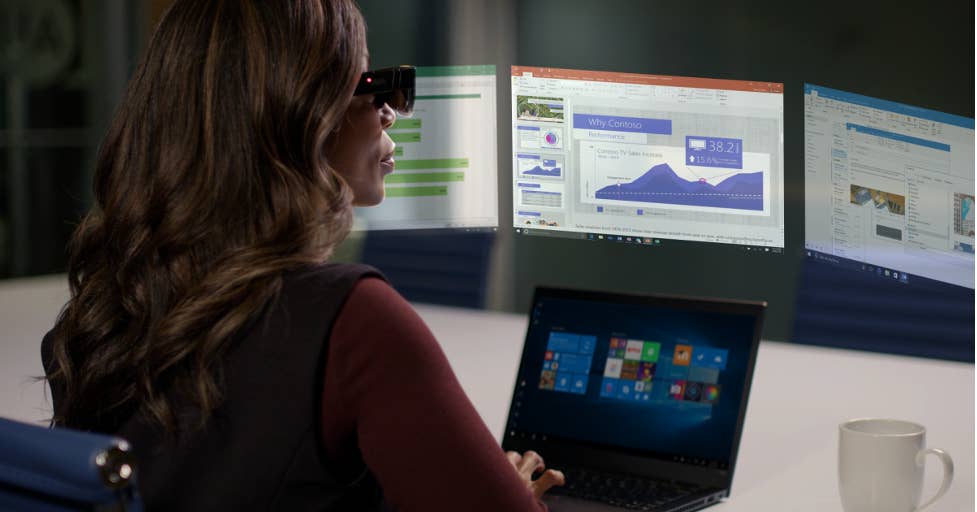By Jeff Tan and Brad Alperin, dentsu International USA
CES 2021 was unlike any other. Four days of virtual keynotes and exhibitions provided quite a different experience compared to the sensory assault normally witnessed by enough attendees to fill a city.
As marketers, we viewed CES less about the products we might buy today. Instead, we looked through the lens of where are we going? CES is a crystal ball into the not-too-distant future. It is a glimpse into how we will be entertained, socialize, date, raise families, clean, cook and even do the laundry.
In this three-part series, we’ll look at three key themes that emerged as we saw different companies and products wrestle with what they think will be important. We’ll highlight key lessons that these themes teach us about consumer, brand and business behavior.
The first lesson starts with the simple idea we’ve all experienced in various contexts – change is hard.
Like, really hard.
If you’re not convinced, reflect that Harvard research indicates over 70% of corporate change initiatives fail.
We see attempted change failure in our personal lives too. Entire industries evolved around trying to change human behavior, from dieting to personal fitness. How many new year’s resolutions have you tried implementing? If you’re like most people, 80% of your resolutions would likely have failed by mid-Feb (maybe even by the time you’re reading this).
As marketers, recognize that habits are hard to create or change, and that people don’t like to be told to be something they’re not. They detest brands that hold them to impossibly high standards. The Are You Beach Body Ready? campaign is an illustration of this.

Humans find completely new routines difficult to adopt. To do so requires high cognitive effort and a willingness to tolerate risk. At CES we saw a lot of technology trying to work into people’s lives, rather than try to force adaptation of new technology.
Not surprisingly, CES featured devices with “touchless” technology to modify an approach that we’d execute a dozen times a day. Kohler still lets you use a faucet in a traditional way; however, sensors turn on water with a simple wave. The faucet even lets you speak to a smart assistant to dispense an exact quantity and temperature of water if required, say to fill a formula bottle with 8 ounces at 50 degrees.

Technology was showcased that met consumers on their terms and in their lives. Philips unveiled digital health solutions that focused on moving healthcare away from the hospital. By partnering with BioIntelliSense, Philips integrated the BioSticker wearable sensor into its remote patient monitoring system. A care team can get notified about a patient’s trends, worsening symptoms and intervene accordingly. The wearable device tracks metrics including skin temperature, respiratory heart rate and cough frequency, transmitting data via Bluetooth.

Panasonic demonstrated what we thought might be a standout application for augmented reality - an AR heads up display for driving. I’m a big fan of Terminator and this device reminded me of Arnie analyzing his landscape. The display doesn’t require any uncomfortable new technology to strap-on, nor does it attempt to modify behavior in any major way. The AI-powered display has the potential to radically alter what’s possible when driving a vehicle. It is capable of showing lane edges, objects on the road and even bridge heights.

Finally, Lenovo unveiled technology intended to be incorporated into our work-from-home routines. ThinkReality3 lightweight smart glasses plug into a laptop providing a portable multiple-monitor set up from anywhere. This could be especially useful for the growing group of digital nomads - mobile professionals constantly living and working from temporary locations.

With all this technology unveiled, the key lesson for marketers is this:
Integration is always more effective than interruption.
Brands need to adapt to consumer behavior - doing so offers the best start at attempting to alter it. If people feel that brands are focused more on their own business priorities than their human needs, they will pull away. And when it comes to new behavior, the more fluid the interactions, the more engaging they will be. This will increase the likelihood of new behaviors and habits to stick.
The fastest growing brands today intuitively understand this need for integration. Often, they’re start-ups in the direct-to-consumer space and have established their propositions focused on adapting to user routines and focusing on convenience.
Don’t want to go to a mattress store? Order online and we’ll ship to you. Keep forgetting to buy razors at the store? Here’s a monthly razor subscription.
So, if integration is more effective than interruption, then question your actions as marketers. Ask how well do you really understand what your consumer is doing? Not just at the points when they interact with your brand, but well before that. Because the brands that understand how to meet consumers on their own terms will be the ones that get ahead.
Articles In the CES Blog Series



